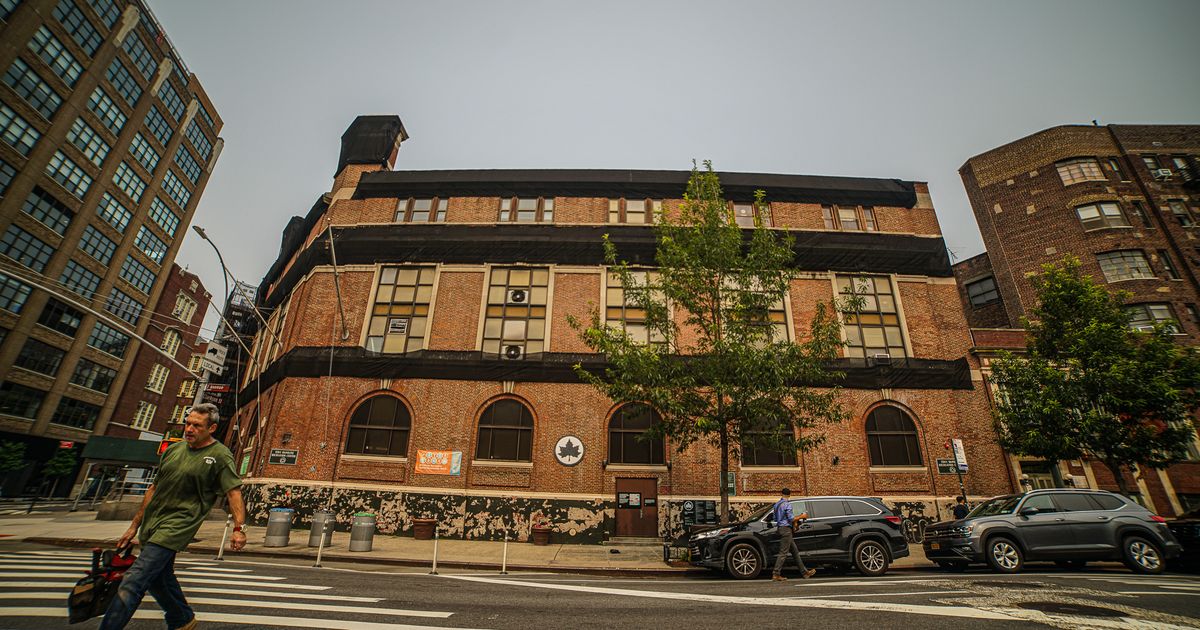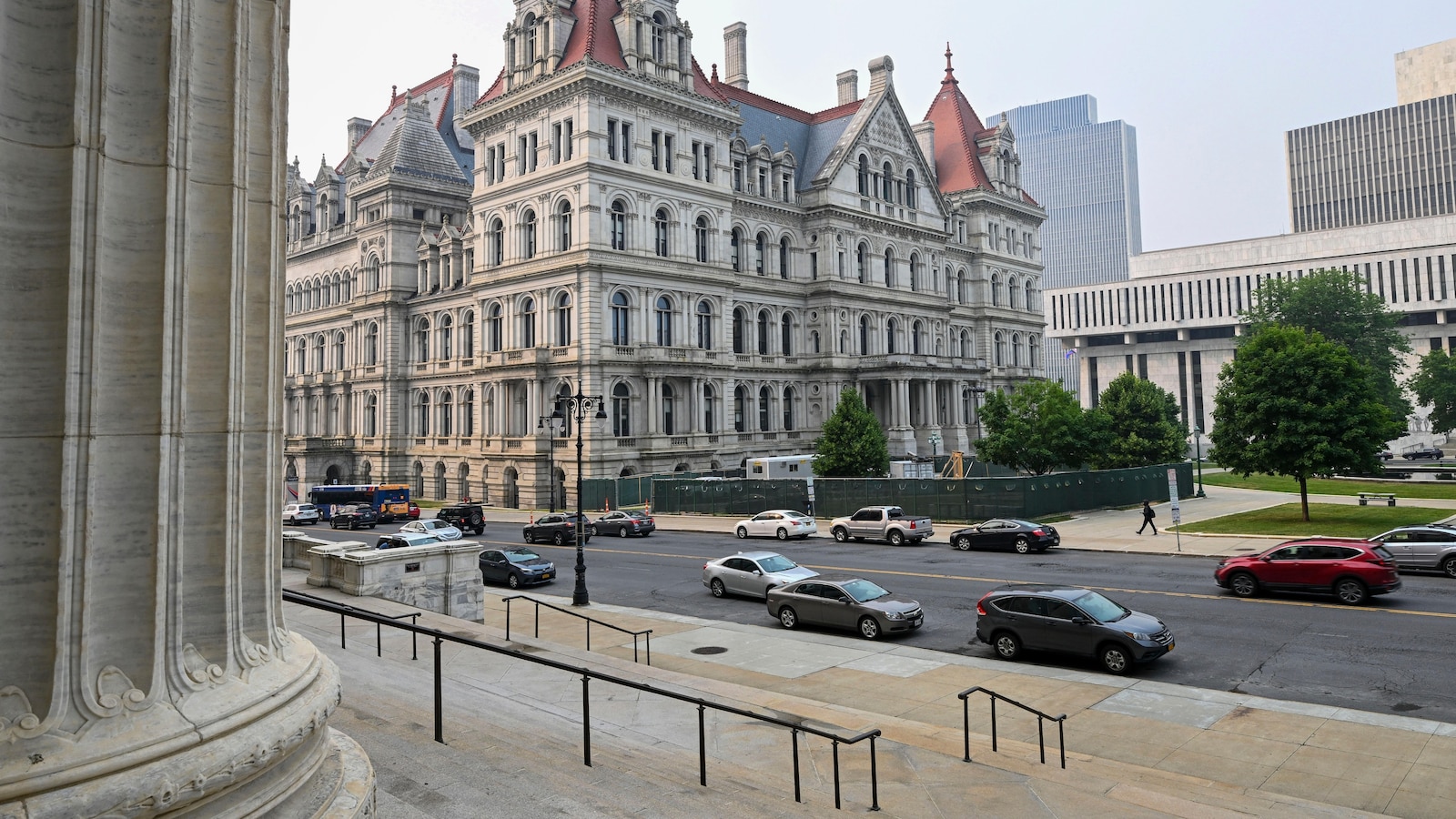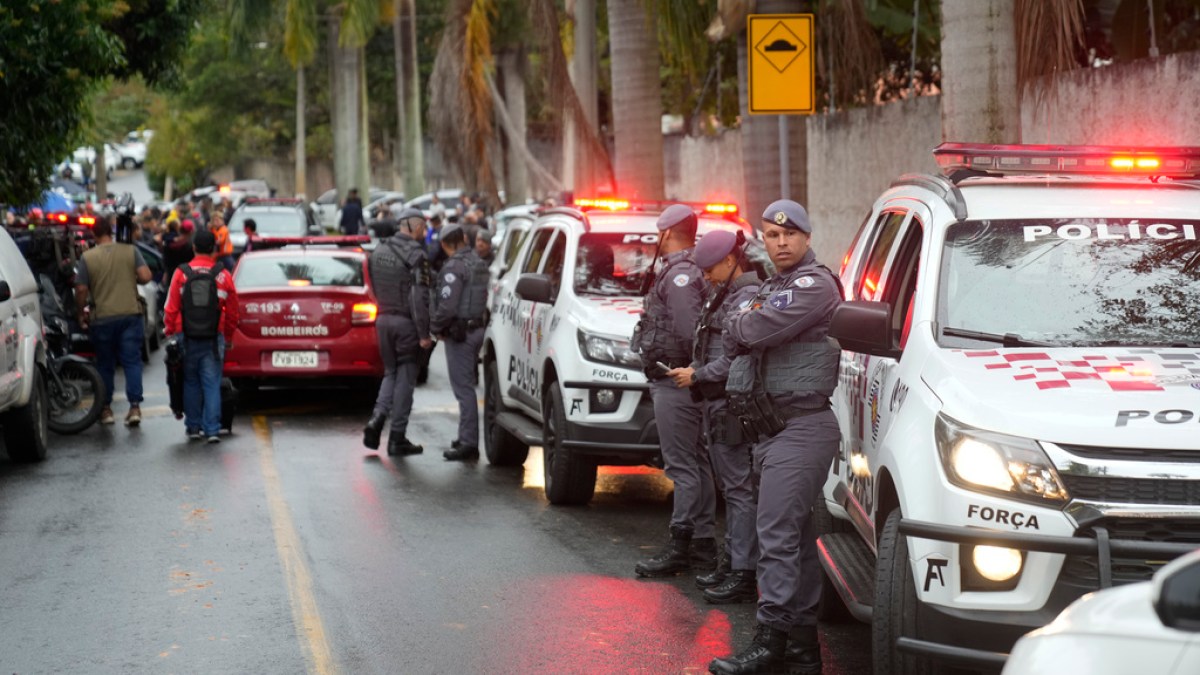The Fate of the Tony Dapolito Recreation Center and Keith Haring’s Iconic Mural
A tale of preservation, community values, and the future of recreation in the West Village
In the heart of Manhattan’s West Village, the Tony Dapolito Recreation Center stands as a cherished landmark. Built in 1908 as a bathhouse, it has evolved into a beloved community hub, home to a vibrant outdoor pool and a range of indoor recreation facilities. However, the center’s future has been cast into doubt as the Parks Department considers demolishing it due to extensive repair needs.
The news has sparked a heated debate among community members and preservationists. Some residents fondly recall the center’s heyday, while others argue that its current condition warrants replacement. At the center of this controversy lies Keith Haring’s iconic mural, painted in 1987 above the outdoor pool. This vibrant artwork has become a symbol of the neighborhood’s artistic heritage.
The Argument for Demolition
The Parks Department cites rising repair costs as the primary reason for considering demolition. An initial $4 million budget has reportedly escalated to $20 million, and the department maintains that even if the building were repaired to meet modern standards, it would still result in a loss of recreational programming space due to the small size of the indoor pool and basketball courts.
Supporters of demolition propose replacing the center with a new facility at 388 Hudson, an affordable housing project across the block. They argue that this would provide a larger, state-of-the-art recreation center, while preserving the Haring mural and possibly the outdoor pool.
The Case for Preservation
Opponents of demolition emphasize the historical significance of the building and the importance of preserving the Haring mural. The building has been specifically carved out for inclusion in the Greenwich Village Historic District by the Landmarks Preservation Commission in 2010, and any demolition would require their approval.
Preservationists argue that the building is structurally sound and could be restored with appropriate repairs. They also highlight the social and recreational value of the center, emphasizing the lack of nearby alternative facilities. Concerns have been raised about the potential for privatization or commercial development if the site were to be sold off.
Community Engagement and Next Steps
The community board has yet to make a formal decision on the demolition proposal. Public meetings have been held to gather input from residents, who have expressed a range of opinions. Some support demolition, citing the need for improved recreation facilities, while others advocate for preservation and repair.
The Parks Department has stated that it is open to exploring options for preserving the Haring mural and outdoor pool. The Keith Haring Foundation has been actively involved in efforts to protect the artwork for the past 30 years.
The future of the Tony Dapolito Recreation Center and Keith Haring’s mural remains uncertain. The Parks Department has not yet issued RFPs for 388 Hudson, and the Landmarks Preservation Commission has not approved the demolition proposal. Community meetings and public engagement will continue as the city evaluates its options.
Ultimately, the decision will depend on a careful balancing of preservation, community values, and the provision of quality recreation space in the West Village. The outcome will shape the neighborhood’s built environment and cultural heritage for generations to come.



